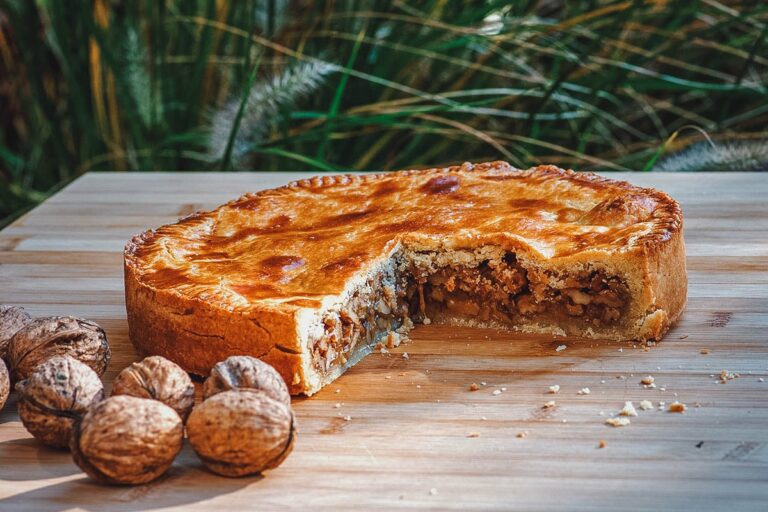Introduction: Swiss Cuisine
Switzerland, situated in the heart of Europe, has a unique culinary identity that draws influences from its neighboring countries, France, Germany, and Italy. Swiss cuisine is known for its simplicity, quality ingredients, and the use of traditional cooking methods. Swiss dishes are a reflection of the country’s diverse cultural backgrounds, and the culinary traditions that have evolved over centuries.
French Influences on Swiss Cuisine
French cuisine has played a significant role in shaping the flavors and techniques of Swiss cuisine. France’s proximity to Switzerland has allowed for the exchange of culinary ideas and ingredients. Swiss dishes like Quiche Lorraine and Croissants are well-known examples of French influences on Swiss cuisine. The French also introduced the use of butter, cream, and wine in Swiss cooking. The most famous Swiss dish influenced by French cuisine is the Fondue, which is made with melted cheese and wine.
German Influences on Swiss Cuisine
Germany’s influence on Swiss cuisine can be seen in the use of potatoes, sausages, and pickled vegetables. One of the most popular Swiss dishes influenced by German cuisine is Rösti, which is a potato fritter that is similar to a hash brown. Another well-known Swiss dish that has German roots is the Zürcher Geschnetzeltes, a creamy veal dish with mushrooms and onions that is typically served with Rösti.
Italian Influences on Swiss Cuisine
Italy’s influence on Swiss cuisine can be seen in the use of herbs, spices, and pasta. Swiss dishes like Risotto and Polenta are evidence of Italian influence on Swiss cuisine. One of the most iconic Swiss dishes influenced by Italian cuisine is the Capuns, a dish made with chard leaves, filled with a mixture of flour, eggs, cheese, and ham, and then rolled and boiled.
Fusion of Influences in Swiss Cuisine
Swiss cuisine is not just a blend of French, German, and Italian influences, but rather a fusion of these culinary traditions. The Swiss have taken these influences and made them their own, creating a unique culinary identity. Swiss dishes like Zürcher Geschnetzeltes with Rösti and Fondue with bread are examples of the fusion of culinary traditions.
Conclusion: Unique Flavors of Swiss Cuisine
Swiss cuisine is a reflection of the country’s diverse cultural backgrounds and the culinary traditions that have evolved over centuries. The French, German, and Italian influences have shaped Swiss cuisine and contributed to the unique flavors that make Swiss cuisine so delicious. Swiss cuisine is a fusion of these culinary traditions, making it a unique and flavorful experience. From Rösti to Fondue, Swiss cuisine has something for everyone.

